
Red Wine Styles
Here is a quick way for most people to determine what type of red wine they are going to enjoy.
How do you take your coffee? It turns out that we enjoy flavors that are not too strong to us. Coffee is very bitter, for those who don’t drink it at all. How you deal with the bitterness can often determine how much you enjoy the tannins (bitter or harsh flavors) in red wine.
I like it black, no sugar.
You have a high tolerance for bitter. You are going to love tannic wines. Try young Cabernet Sauvignon from California, Washington State or Australia. Also young Cabernet based wines from Bordeaux, France. Barolo from Italy is also likely to be a favorite, as is Bandol Rouge from the South of France.
I like it black, with sugar.
You like your bitterness softened, but not hidden. You will enjoy any of the wines above, but older, rather than younger. Also explore Syrah/Shiraz from pretty much anywhere. The wines of the Rhone valley may become your go to wines.
I like cream, no sugar.
You prefer your tannins soft, but your wines not too fruity. Try higher end Zinfandel from California, or Malbec and Cabernet Sauvignon from Argentina (the Cabs from Argentina are much softer than from other regions). The Carmenere from Chile and the Brunello from Italy are also likely to be to your taste. Merlot from anywhere in teh world, but especially from Saint-Emilion and Pomerol in the Bordeaux region of France.
I like it with cream and sugar.
Soft and sweet is your favorite, and so you will probably like younger, fruitier Zinfandel. Pinot Noir from the Cote d’Or in Burgundy will be a favorite, when you can afford it. Look for Chianti and Montepulciano d'Abruzzo from Italy.
I don’t like coffee.
Oregon, California and New Zealand Pinot Noir may be your favorite. From Burgundy in France, look more for Pinot Noir from the southern Burgundy, the Cote de Beaune. Beaujolais and Cotes du Rhones Village may also be to your taste.
This is far from a complete list, and it is only a general guide. I don’t drink coffee and like all of the wines on the list except for the most tannic.
Red Wine Grapes

Color: From red to purple. The more blue or purple, the younger. CM wines are very purple. Orange or bricky denotes age.
Fruit: From red fruits to dark bramble fruit. Raspberry and cotton candy in CM wines. Older wines tend to be lacking fruit.
Tannins: When they are young they are the rough almost tactile sensation in the mouth. The harsh ones are from the seed and stems. The softer tannins are from oak. Harsh tannins can be softened with careful winemaking during the maceration period (skin contact).
Leather flavors in aged red wine is are to be expected. TANnin is used to TAN leather, so the smell is from the tannins. Leather tends to be more pronounced once the fruit has faded.
Tobacco - along with cedar and leather a product of well aged tannins.
Astringency: Different than tannins, this is the drying out of the mouth. It is due to the acidity in general.
Off Flavors and Smells:
Wet cardboard - Corked wine.
Wet horse blanket - Brett, a common bacterial spoilage, in smaller concentrations it is more like dirt than merde.
Slight sparkle - if it is slight it is dissolved CO2, if it is accompanied by a wet forest floor smell, than it is Malo-Lactic fermentation in the bottle.
Wine Making Flavors:
Malo-Lactic Fermentation - The process of changing the sharp malic acid (in apples) into the softer lactic acid (in milk). The process also leaves the by product Diacytil, the taste of butter.
Carbonic Maceration (CM) - This is a quick way of making wine that results in fruity wines with no tannin and only slight varietal character. Strawberries, bananas and raspberries, as well as a cotton candy sweetness in the nose, are typical.
Oak - If it is complex with cloves and woody spices, it is French oak. If it is forward with vanilla, it is American oak. If it is musty it is from old barrels.
Oxidation - Caramel and a dark, plum smell (Port). Light orange hues in the wine are another hint.
Blending - While not always obvious, a wine that tastes complex may have been blended with several grape varieties.
Climatic Characteristics:
Hot weather - A deep rich flavor lacking in acidity or bright fruit. The hotter the region the more flabby (less acidic) the wines tend to be. Because of the overripe fruit, and the propensity to oxidize hot fruit, the color tends towards brown shades of red.
Cool weather - Long cool growing condition pronounce the fruit and the acidity. Tannins and color are low.
Temperate weather - If it is not too hot nor too cool, the ideal grape variety are those with long growing seasons, but thick skins to protect the fruit. Tannin and color are products of the grape skin.
Cabernet Sauvignon
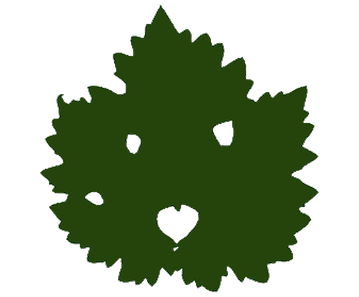
Use in Old World: Bordeaux, primary in Haut-Medoc.
Use in New World: Pervasive.
Color: Dark red with blue hints when young.
Aroma: Bramble fruit, cassis (red currants). Often mint or even green pepper.
Body: Heavy except in some regions such as Argentina where it can be much lighter.
Wine Making Flavors: Heavy use of oak, but incorporates well into the wine.
Blended with: Merlot, Cabernet Franc, Malbec, Petit Verdot, Syrah (Australia).
Other: When planted in Italy it usually is designated as an IGT - A geographically typical wine, but not traditional.
Merlot
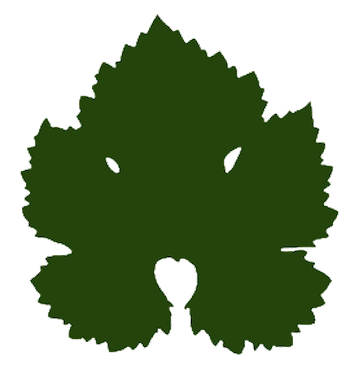
Use in Old World: Bordeaux, primary in Saint-Emilion and Pomerol.
Use in New World: US and South America.
Color: Tends towards medium dark and very blue.
Aroma: Red bramble fruit, chocolate, straw.
Body: Moderate tannins.
Wine Making Flavors: Wine making flavors like Diacetyl (butter) from malolactic fermentation and vanillic acid from American oak come through well and are often prevalent. Brett (a bacterial spoilage) is common in the Old World, but it is the light dirt variety.
Blended with: Usually with Cabernet Sauvignon.
Other: Famously snubbed in the movie Sideways, only to have the hero drink a Saint-Emilion at the end.
Pinot Noir
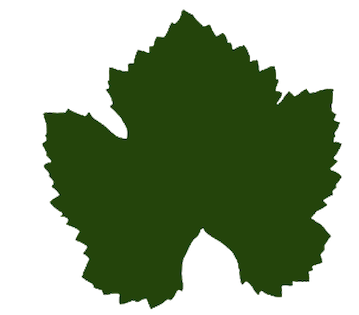
Use in Old World: Burgundy and Champagne in France. Also Germany and Switzerland.
Use in New World: US, Australia and New Zealand.
Color: Light red, sometimes with a slight hint of blue. Quite translucent.
Aroma: Dark cherries and linden (to some a 'Band-aid' smell).
Body: Light to medium. More acidic than tannic.
Wine Making Flavors: Brett (horse blanket), sometimes strongly, especially in Burgundy.
Blended with: It used to be rarely blended, except with Chardonnay in Champagne, now it is sometimes blended with Syrah or Petite Sirah in the US to help with demand. Blended Pinot will often be noticeable blue in hue.
Other: The hardest of all wines to make, and often the most rewarding when it is successful.
Syrah
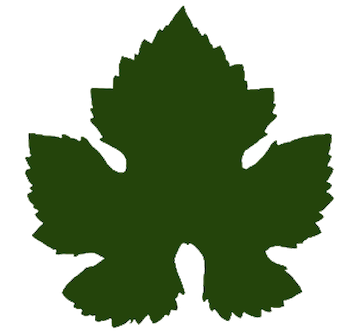
Use in Old World: Rhone, France.
Use in New World: South Africa and Australia (as Shiraz), US especially California.
Color: Deep red with a good deal of blue.
Aroma: Violets and sometimes black pepper. Very berry.
Body: Medium to heavy.
Wine Making Flavors: Minimal flavors intrude, even when much is done to the wine.
Blended with: Grenache and in Chateauneuf du Pape, 11 other grapes. The white grape Viognier is used very well in the Cote-Rotie (Rhone). In Australia, as Shiraz, it is a very important grape and is often blended with Cabernet Sauvignon.
Other: Shiraz is usually an older clone than the Syrah found in the Rhone today. The clone was taken to South Africa before phylloxera devastated France, and then made its way to Australia. In many parts of the world the two clones are synonymous.
Cabernet Franc
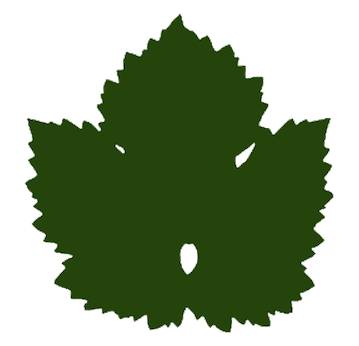
Use in Old World: Chinon in the Loire, as a blending grape in Bordeaux.
Use in New World: US as a blending grape, and occasionally as a separate varietal. Particularly successful in Argentina as a separate varietal.
Color: Light to medium, bright red
Aroma: Raspberry and in some cases Green Pepper.
Body: Light to medium
Wine Making Flavors: Sometimes made in a very fruity whole berry style.
Blended with: Cabernet Sauvignon and Merlot.
Other: Becoming more popular every day.
Granache
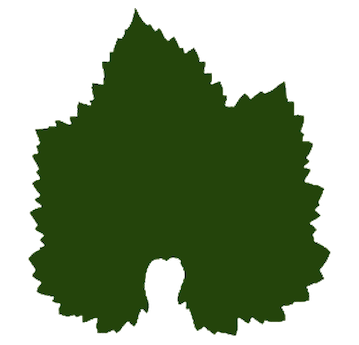
Use in Old World: Rhone and Southern France. Rioja, Spain (as Garnacha).
Use in New World: Some in the US.
Color: Light red to almost orange.
Aroma: Spicy black pepper. Light red fruits
Body: Light to heavy
Wine Making Flavors: CM style in Southern France and Cote du Rhone. Much blended in the rest of the Rhone. Often oxidized from age with a strong vanilla aroma (from American Oak) in the wines of the Rioja.
Blended with: Extensively with Syrah in the Rhone and a zillion other grapes in the south of France. In Rioja it is blended with Tempranillo.
Other: Also used to make the excellent roses of Tavel and Lirac. One of the world’s most planted grapes.
Malbec

Use in Old World: In France it is a blending grape in Bordeaux and the grape of Cahor.
Use in New World: The most famous grape of Argentina. Increasing popularity elsewhere.
Color: Inky dark purple.
Aroma: Black and bramble berry fruits.
Body: Medium (Argentina) to heavy (Cahors).
Wine Making Flavors: Hides most wine making flavors.
Blended with: In Argentina and Bordeaux Cabernet Sauvignon, and often stretched with Bonarda in Argentina.
Other: The style in Argentina is very different than the traditional style in Cahors, France, but due to the popularity in Argentina, there has been a move in Cahor to make the wine more similar to the softer Argentine style.
Petite Sirah
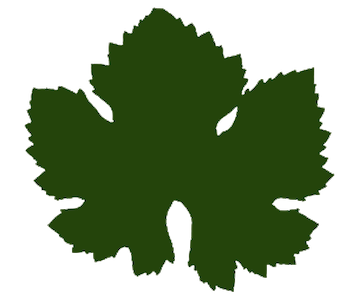
The grape is also, and perhaps more correctly called Durif.
Use in Old World: Rare, but always as Durif.
Use in New World: An important grape in California where it is not only used by itself, it is used to enhance other grape varieties in poor vintages. Plantings are also found in Australia and Israel.
Color: Inky dark purple.
Aroma: Dark berry fruits and black pepper.
Body: Light to medium, very berry.
Wine Making Flavors: Hides most wine making flavors.
Blended with: Almost every grape in California, including unlikely ones such as Pinot Noir, but especially Zinfandel.
Other: This grape has a very confused history. In California it was mixed in with many other grape varieties such as Zinfandel and Mondeuse noire in the vineyards. There is still some legal debate about using the name Durif vs. the name Petite Sirah. It is further confusing because of the similarly named but different Petite Syrah grape, which is not related.
Zinfandel
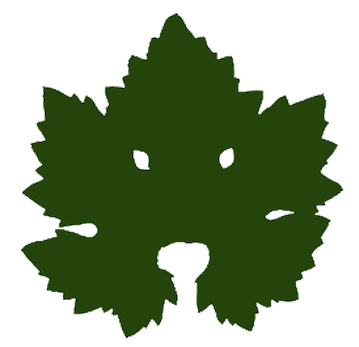
Use in Old World: Now proven to be the Crljenak Kastelanski, of Croatia, where it is all but extinct. In Italy it is known as Primitivo, but evidence suggests that it came to Italy from California, and not the other way around as was originally thought.
Use in New World: The only vinifera grape almost completely exclusive to not only the US, but California specifically.
Color: Deep purple, often inky.
Aroma: Blackberries and dark fruit.
Body: Light to very heavy, but rarely tannic. Very, very berry.
Wine Making Flavors: Sometimes made in a CM style or a partial CM style (blended with traditionally made wine) which preserves its character while adding complexity.
Blended with: Any number of things, but Petite Sirah and Grenache are the most successful.
Other: Often made into a rose wine (White Zinfandel) this exceptional grape has earned an undeserved reputation based on these insipid pink wines.
Tempranillo
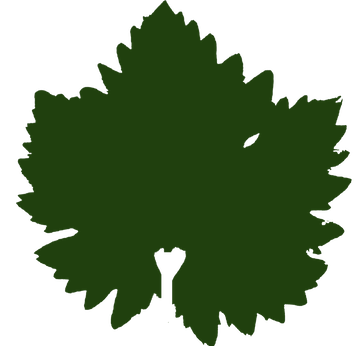
Use in Old World: Rioja, and throughout Spain.
Use in New World: Everywhere, but usually in small amounts.
Color: Medium red, often somewhat translucent.
Aroma: Dark cherry to deeper red berry flavors.
Body: Light to medium.
Wine Making Flavors: Heavily aged and oaked in Rioja where the resulting wine can be well oxidized (nutty) with hints of leather and tobacco.
Blended with: Primarily with Grenache, but rarely bottled by itself.
Other: It has been claimed to be the fastest expanding variety in the world, despite its relative unknown status among many wine drinkers.
Sangiovese
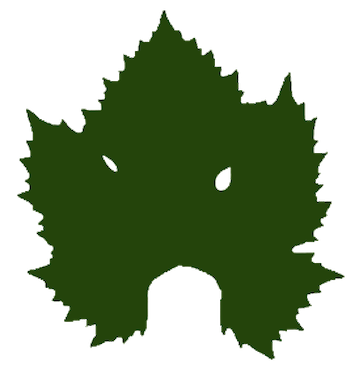
Use in Old World: Tuscany, Italy.
Use in New World: Rare, but increasing in California.
Color: From very light to very dark.
Aroma: Dark red fruits.
Body: From very light to moderately heavy.
Wine Making Flavors: Often heavily oaked and slightly oxidized.
Blended with: In Chianti it is blended with red and white wines. In the 'Super-Tuscans' it is blended with Cabernet Sauvignon.
Other: There are huge differences in the various clones of this grape. There is the Grosso clone which is the more common, and the Piccolo clone which is smaller in size and plantings. The Brunello grape is a Sangiovese Grosso clone and yet still shows as the finest example of Sangiovese.
Nebbiolo
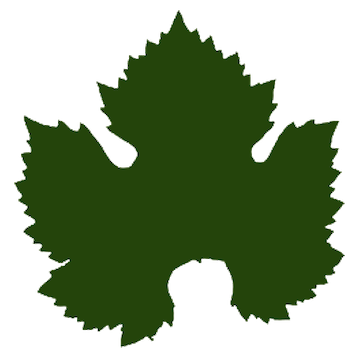
Use in Old World: Piedmont, Italy.
Use in New World: Small amounts in US.
Color: Translucent, solid red.
Aroma: Light red fruits.
Body: Medium to very heavy
Wine Making Flavors: Often old musty oak and oxidation in these wines.
Blended with: None
Other: The grape of Barolo and Barberesco. A difficult grape that is often overlooked.
